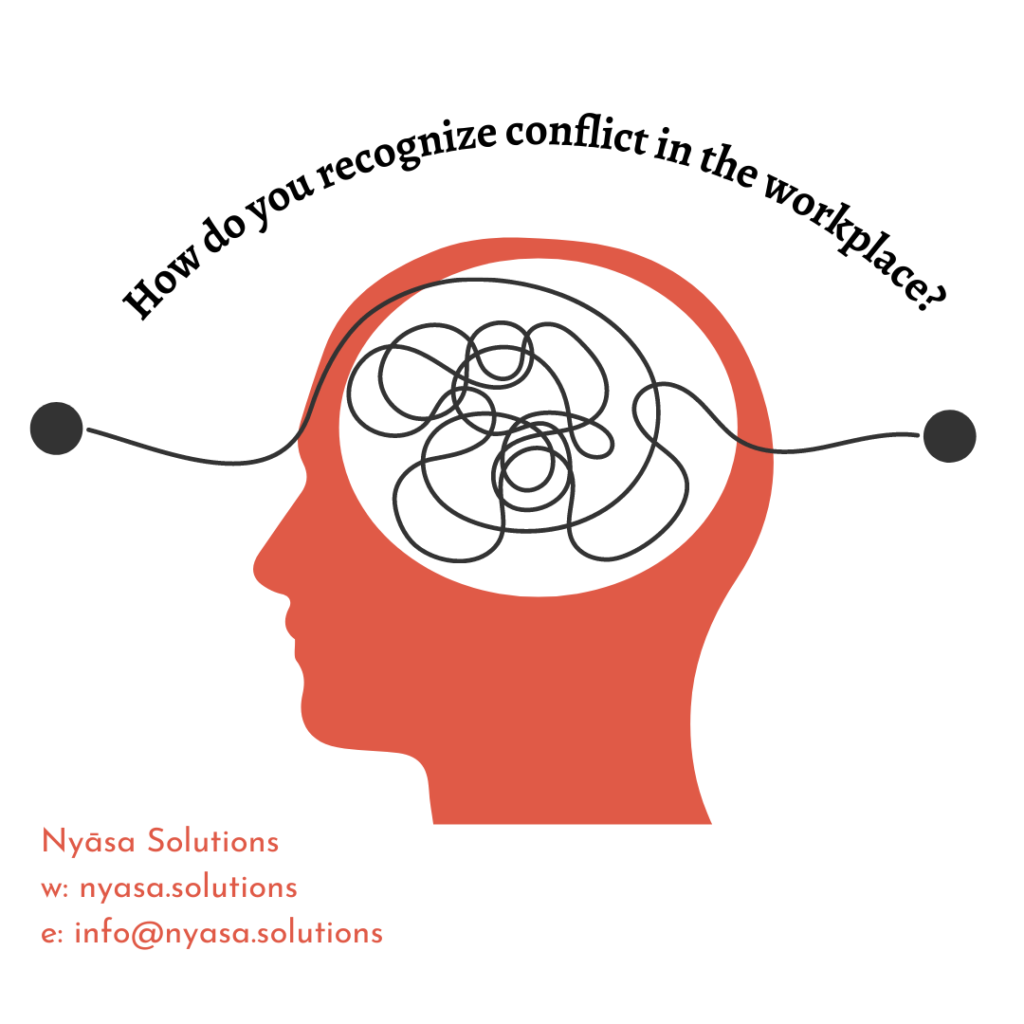Do you ever get mad at your colleagues? Not surprising, because you see your colleagues more often than friends and family. Irritations in the workplace are inevitable and it is important to clear the air every now and then. But it can also happen that a discussion or an ongoing irritation is part of a lingering conflict. As an employer, HR, or manager, you often do not realize that something is going on until the bomb explodes.
If there is a conflict in the workplace, the dynamics of a team can be significantly disrupted. A conflict in the workplace often starts with speculations. You can recognize a conflict when you see the same patterns become cyclic. A conflict is already a conflict when one of the parties involved experiences it that way. A conflict can be difficult to recognize. You have factual signals, but you can also see from someone’s body language that something is wrong.
How do you recognize the signs at an early stage and prevent such outbursts and dormant conflicts or conflict-like situations?

Examples of factual signals
There is a conflict when a team member:
- repeatedly fails to achieve their target.
- shows passive-aggressive behavior during the project/team meetings.
- often receives negative feedback, not knowing what he or she did wrong.
- feels unappreciated.
- There is a conflict when:
- the problem that caused the conflict comes back repeatedly.
- miscommunication has become a norm.
- there has already been an incident between team members of which the project leader was not informed.
Examples of physical signals
In addition to factual signals, you also have several physical signals, such as the person* in question:
- has folded his arms.
- sits separately from the rest of the team.
- says nothing or little during the entire meeting.
- wants to quickly wrap up the topic being discussed.
- does not answer the question directly.
- avoids eye contact with certain people within the team.
- raises their voice at others within the team.
* (this could apply to more than just one person in the team/department)
It should be clear that if the conflicts signals occur once in a while, there does not necessarily have to be a conflict situation. If the signals occur more often and more persistently, then you, as a manager, could scratch your head to find out what is going on.
As a manager, it is your job to ensure that the ins and outs of your team/department run smoothly. Doing nothing is often not an option. If you let the conflict run its course, you really run the risk of things escalating.
Advice: speak out what you observe, take action to get parties to talk to each other, or engage a third independent party to resolve the conflict amicably…like a mediator.
